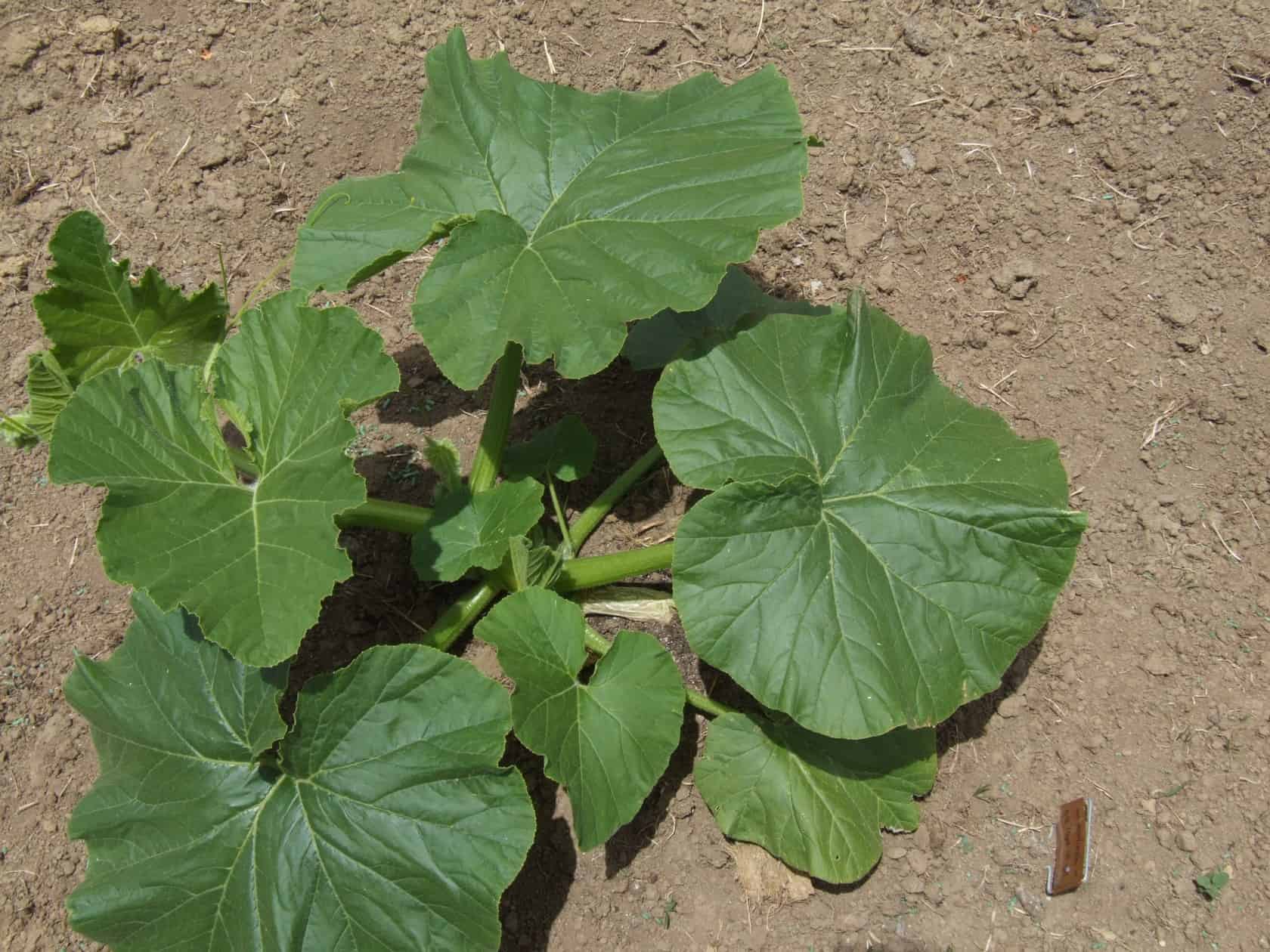It Starts with the Soil

PH Level
I like to think of soil prep in 3 distinct levels. Beginner, intermediate and pro.
I try to stick to the intermediate level. For myself, this involves checking the current PH level and adjusting it if needed.
I’ve talked about testing your PH level here and here in the past. The latest pH soil test post about this tiny patch 2.0 area can be found here. It’s easy to do with a kit from a hardware store. It can help your season a lot. With the correct PH Level, your pumpkin has better access to the soil’s nutrients.

With growing in such a small area, I won’t be getting a soil test done. That would be overkill and a waste of money.
What is My Soil’s pH Level?
For this season, I ordered a pH soil tester. It’s a basic tool and is usually for houseplants. I’m cheap, so I refused to order it from Trademe, instead opting for one direct from China. Who knows how long that will take?
The reason for this tool is I want to compare what it tells me to what I get from the soil pH test kit.
I also want to use this tool to check the pH level of compost and other things I will add to the tiny patch area. You’ll see later on in the post about the not so perfect growing area.
pH Level Is:
When I matched the color up on the chart, it looked to me it was around the 6.0 – 6.5 range. This is an OK range that is great for giant pumpkin growing. This means a lot of the nutrients will be available to the pumpkin plant. But it could be boosted up a little bit. The addition of the products will most likely do exactly that.

Patch Size
I’m going to have to be realistic here. I’m working within the confines of the already created garden beds. I’m going to push out one and try to get as much nutrient rich material I can in this small area.
This area will be a lot larger than the OG Tiny Patch. And I won’t have the constraints I had at the old place for vine growth.

Building up the Soils Content
Organic matter and other products to boost nutrients are on the cards for Tiny Patch 2.0
The sooner you can add these items, the better, as they have more time to break down in the soil. In a perfect world, I would have done this a lot earlier.
I’m always keen to try different products, partly to see how they perform, partly to help showcase what is out there.
When I Realised the Soil Isn’t the Best
After skimming the top of the soil, and digging down, I struck a couple of problems.
- The soil has a heavy clay structure to it
- There are roots from tree stumps all over the place
- There are roots from the Agapanthus that are scattered all over the place
Clay in the Soil
This can be broken down and made better with the addition of organic material, and other things. So not the worst soil type to have in my opinion.
Tree Stumps
I’m working around the tree stumps. I guess they are better than living trees in the way. As I’ve been digging around I’ve hit and come across various roots. I’ve been cutting them out with a pruning saw. It’s tedious work, but removing them helps the area.
Agapanthus
Similar to the tree stump problem. Agapathus are a pain in the ass, if you are thinking of growing them, DON’T.
Their roots are quite easy to remove I’ve found, just a lot of digging.
How many of these plants will steal nutrients away from the pumpkin plant. I’ll have to see. I am still contemplating digging out a couple more of this plants that are nearby.
The New Plan with the Existing Soil
I’m going to remove as much “junk” as I can. Dig down as deep as I can.
If I could, I would get in a heavy duty rotary hoe and dig up the soil as much as I could. But… there is no access to get a machine like that into the area.
I do have a baby rotary machine. You might remember that from years ago. It’s been in storage in Rotorua. So I’ll need to get that when we are allowed to travel, and see if it can help with this soil prep.
Once that is done, I will be adding a top layer of organic material on top of the area. Giant pumpkins have a shallow root system. I’m hoping this allows the plant to grow OK in this area. There is only one way to find out.

It surprised me it went, and while it helped a little, it wasn’t as useful as I think it could have been. I need to have an experiment with it when I get time and get it running better.,
Products I’m Using This Year
Biochar
I wanted to get some biochar this year. I heard it helps break down bad soil, which I need. And can also add nutrients to the soil.
There is a place that always has it for sale on the side of the road. I wasn’t sure just how good that is. I had heard stories of people not making it right and you basically just end up with charcoal.
So I did track down some online, made by biochar.co.nz.
Visit their website to learn more about their organic biochar.

Insect Frass
The other product that was on the plan was some insect frass. Another natural product that aims to add nutrients into the soils.
I got 2 different products from iNZectdirect, Chirpalizer and Frassalizer.



View their site to learn more about these products and follow them on Instagram or Facebook to see all the interesting things they are up with insects.
Humates
And for the longest time, I’ve had a couple of bags of product from Dave’s Garden Products laying around. I didn’t want to add them to the old tiny patch, and I only just remembered to use them. Check out the video above.

The Turbo Garden blend and Organic Humate are very rich looking material, ideal to add to an area to build up the organic content.
Compost
For compost this year I decided to go with the Daltons Organic Compost, it seemed much better than the cheaper bags you can buy. And with growing in such a small area, I went with 3 bags.

To see how I applied everything check out the video near the top of this post.
Watering
Working out the best way to lay the hose from the tap up to where I want the pumpkin is also underway. I think I can get away with a long hose connected to the Wi-Fi watering system I have used in the past.
I’ll most likely add a misting system via micro irrigation later on in the season as the vine grows out. This worked well for me in the OG Tiny Patch, and the new one will work out a lot easier, cos you know there is actual grass.
I’ll be doing a post about this in the upcoming weeks.
Wind Protection
Can your plant get hammered by the wind? If it is super young, the wind could snap the plant. Later on, the leaves could act as sails and cause vines to twist and break. Causing strain on the plant and possibly reducing the ability to transport nutrients to the pumpkin.
Fences surround the Tiny Patch 2.0. Apart from early protection of the seedling from wind and frosty nights, I won’t be doing much for protection.
After some rough weather, I will need to provide early stage protection for the seedling. And also see how the plant and vines fare later in the season.
Am I Missing Anything?
Let me know by leaving a comment below if you think I am missing something I should do with the Tiny Patch 2.0 this early in the season.





